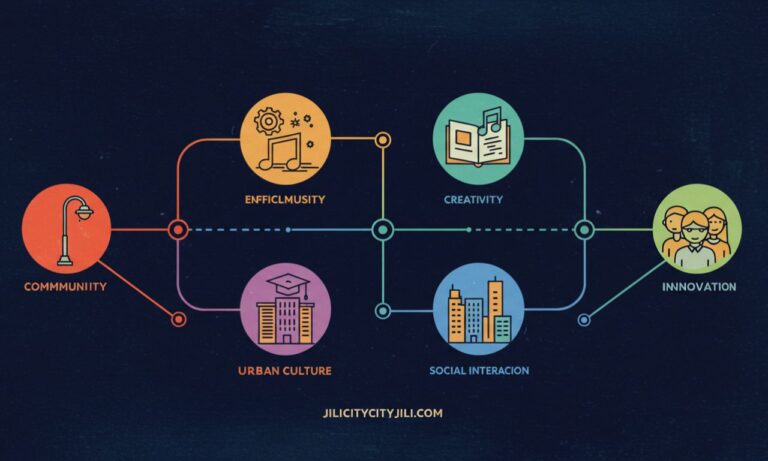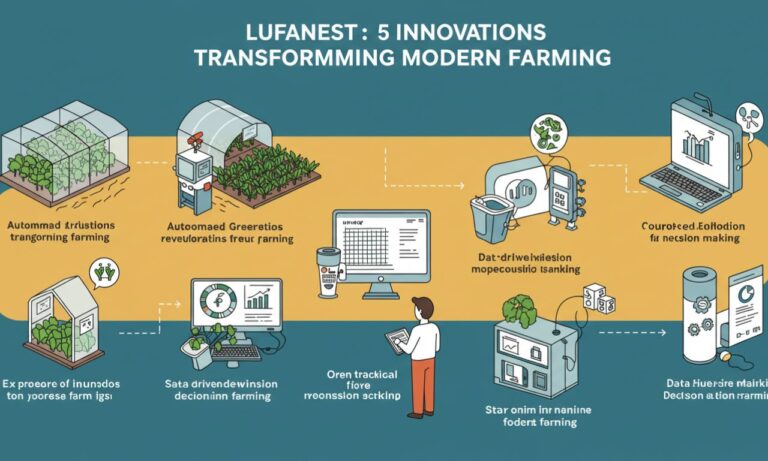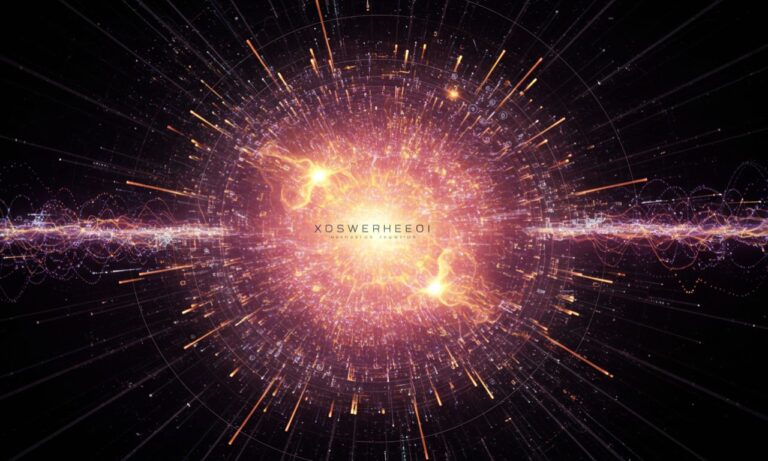7 Best Alternative to Fabric for Modern Use
As sustainability takes center stage in industries from fashion to interior design, the search for an alternative to fabric has become more important than ever. Traditional textiles like cotton and polyester carry environmental costs, such as water waste and chemical pollution. Innovators are now exploring sustainable, durable, and creative solutions that can reshape how we think about materials. Here are seven of the most promising alternatives to fabric that are redefining design and everyday living.
1. Plant-Based Leather as an Alternative to Fabric
One leading alternative to fabric is plant-based leather. Derived from sources like pineapple leaves (Piñatex), apple peels, or mushrooms (mycelium leather), these materials replicate the look and feel of animal leather without the ethical or environmental drawbacks.
Plant-based leather has gained popularity in the fashion industry for its durability and unique textures. Brands are adopting it for shoes, handbags, and jackets, proving that sustainability can coexist with style.
2. Hemp Textiles: A Classic Alternative to Fabric
Hemp is one of the oldest materials used in human history, yet it is experiencing a renaissance as a modern alternative to fabric. Unlike cotton, hemp requires minimal water and grows quickly without pesticides.
Hemp fibers are strong, breathable, and naturally resistant to bacteria, making them ideal for clothing and upholstery. Beyond textiles, hemp also contributes to eco-friendly construction materials, showing its versatility across industries.
3. Recycled Polyester as a Practical Alternative
Recycled polyester offers a circular solution to traditional synthetic fabrics. Made from post-consumer plastic bottles or discarded textiles, recycled polyester reduces landfill waste while lowering the need for virgin petroleum-based fibers.
As an alternative to fabric, it balances practicality with sustainability. Sportswear brands and outdoor gear manufacturers are adopting recycled polyester to create high-performance clothing with less environmental impact.
4. Bamboo Fibers: A Growing Alternative to Fabric
Bamboo has become a favored sustainable resource for textiles. Its fibers can be spun into soft, breathable fabrics often used in clothing, bedding, and towels. As an alternative to fabric, bamboo is renewable and grows rapidly without heavy irrigation.
Bamboo fabric is naturally moisture-wicking, making it suitable for activewear. However, transparency in processing methods remains crucial since some bamboo textiles involve chemical-heavy processes.
5. Cork: An Unconventional Alternative to Fabric
Cork may not be the first material that comes to mind as an alternative to fabric, but it has proven to be versatile in both fashion and interiors. Harvested from the bark of cork oak trees, it is renewable and biodegradable.
When processed, cork creates a flexible, lightweight material used in bags, shoes, and upholstery. Designers embrace cork for its unique texture, eco-credentials, and surprising durability.
6. Tencel and Lyocell: Modern Fiber Alternatives
Tencel and lyocell are advanced fibers made from sustainably sourced wood pulp, such as eucalyptus trees. Produced in closed-loop systems that recycle water and solvents, they represent a responsible alternative to fabric.
These fibers are soft, breathable, and biodegradable. Fashion brands increasingly use them for dresses, shirts, and even activewear, blending sustainability with high performance.
7. Innovative Biodegradable Fabrics
The future of alternative to fabric may lie in biodegradable and lab-grown textiles. Researchers are developing fabrics from algae, soy protein, and even spider silk proteins produced through bioengineering.
These cutting-edge materials mimic the strength and elasticity of traditional textiles while offering complete biodegradability. While still in development, they highlight the future possibilities of sustainable design.
Why Alternatives to Fabric Are Essential
The push toward alternative to fabric solutions stems from the urgent need to address environmental concerns. Cotton, for instance, demands significant water resources, while polyester contributes to microplastic pollution. By exploring alternatives, industries can reduce carbon footprints, conserve water, and minimize waste.
These innovations also align with consumer demand for transparency and eco-consciousness. More shoppers today seek brands that prioritize sustainability, and alternative fabrics offer a way to meet those expectations.
Challenges Facing Fabric Alternatives
While promising, alternative to fabric solutions face challenges. Some remain costly due to production methods, while others lack large-scale infrastructure for widespread adoption. Consumer education is also vital, as buyers may be unaware of the differences between truly sustainable materials and greenwashed marketing.
Nevertheless, ongoing investment, research, and innovation continue to reduce barriers. As production scales and awareness grows, alternatives are becoming more accessible.
Industries Leading the Way
Fashion is the most visible industry adopting alternative to fabric materials, but others are following suit. Automotive companies use vegan leather for car interiors, while furniture brands experiment with cork and bamboo. Tech companies even explore sustainable materials for accessories like laptop cases and phone covers.
This cross-industry adoption demonstrates the versatility and importance of alternatives in creating a greener economy.
The Consumer’s Role in Supporting Change
Consumers play a crucial role in driving the adoption of alternative to fabric options. By choosing sustainable products and supporting brands that embrace innovation, buyers create demand that encourages companies to invest further in eco-friendly solutions.
Small actions—such as selecting hemp clothing, bamboo sheets, or plant-based leather accessories—contribute to a larger movement toward sustainability.
Looking Ahead: The Future of Fabric Alternatives
The next decade is expected to bring even more breakthroughs in materials science. With lab-grown fabrics, biodegradable textiles, and circular fashion models, alternative to fabric choices will expand in diversity and accessibility.
As sustainability becomes non-negotiable, industries will continue to innovate. The result is not only reduced environmental impact but also more exciting, creative, and high-performing materials for consumers.
Final Thoughts
The search for alternative to fabric represents a broader shift toward sustainability, creativity, and responsibility. From hemp and bamboo to biodegradable lab-grown materials, each option demonstrates the potential for a greener future.
While challenges remain, these alternatives highlight how innovation and consumer choice can work together to transform industries. For anyone passionate about sustainability, exploring these fabric alternatives is both timely and essential.







